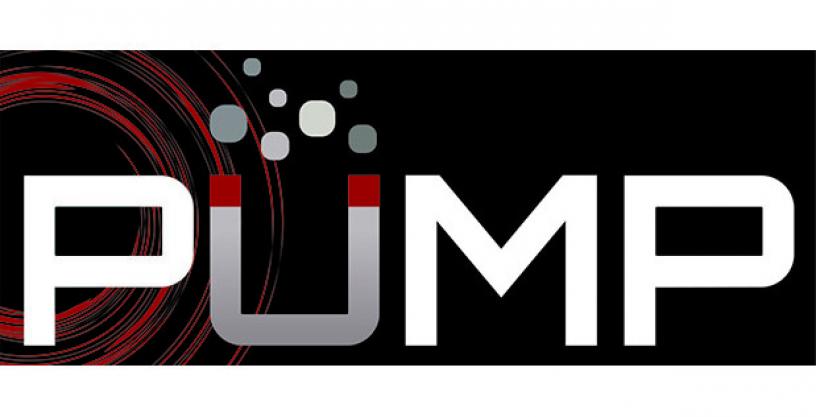
DARPA sees opportunity to finally make efficient, scalable magnetohydrodynamic drive a reality
May 18, 2023
Since the 1960s, academic, commercial, and military researchers have attempted to realize a novel form of maritime propulsion involving no moving parts – no propeller, no drive shaft, no seals – just magnets and an electric current that silently propel a boat or submarine through water.
Developers have had some success over the decades demonstrating magnetohydrodynamic (MHD) drive technology on a small scale, but it has been inefficient and impractical for full-scale systems due to a couple big tech hurdles. The first challenge has been inability to generate powerful enough magnetic fields to enable high-efficiency pumps. The second has been lack of electrode materials that can withstand corrosion, hydrolysis, and erosion caused by the interaction of magnetic fields, electrical current, and saltwater. In recent years, breakthroughs in generating high magnetic fields have been demonstrated, but the electrode materials problem remains.
To address the materials challenge, DARPA announced the Principles of Undersea Magnetohydrodynamic Pumps (PUMP) program that seeks to create novel electrode materials suitable for a militarily significant MHD drive. The program will assemble and validate multi-physics modeling and simulation tools including hydrodynamics, electrochemistry, and magnetics for scaling MHD designs. The goal of the program is to determine an electrode material system and prototype an MHD drive that could be scaled up.
“The best efficiency demonstrated in a magnetohydrodynamic drive to date was 1992 on the Yamato-1, a 30m vessel that achieved 6.6 knots with an efficiency of around 30% using a magnetic field strength of approximately 4 Tesla,” said Susan Swithenbank, PUMP program manager in DARPA’s Defense Sciences Office. “In the last couple years, the commercial fusion industry has made advances in rare-earth barium copper oxide (REBCO) magnets that have demonstrated large-scale magnetic fields as high as 20 Tesla that could potentially yield 90% efficiency in a magnetohydrodynamic drive, which is worth pursuing. Now that the glass ceiling in high magnetic field generation has been broken, PUMP aims to achieve a breakthrough to solve the electrode materials challenge.”
A major problem when electric current, magnetic field, and saltwater interact is the development of gas bubbles over the electrode surfaces. The bubbles reduce efficiency and can collapse and erode the electrode surfaces. PUMP will address different approaches to reduce the effect of hydrolysis and erosion. The program also will enable modeling of interactions between the magnetic field, the hydrodynamic, and the electrochemical reactions, which all happen on different time and length scales.
“We’re hoping to leverage insights into novel material coatings from the fuel cell and battery industries, since they deal with the same bubble generation problem,” Swithenbank said. “We’re looking for expertise across all fields covering hydrodynamics, electrochemistry, and magnetics to form teams to help us finally realize a militarily relevant scale magnetohydrodynamic drive.”
PUMP is a 42-month program. There are multiple potential approaches to the MHD system including conductive and inductive approaches. The conductive approach involves a conductive current between a pair of electrodes within a magnetic field. The inductive approach uses a time-varying magnetic field and electric current.
A hybrid PUMP Proposers Day is scheduled for May 31, 2023. Register to attend in person or virtually (https://sam.gov/opp/dd803009baa84477a4bf100765d47c01/view). Deadline for registration is 5 p.m. ET, May 24, 2023.
A Broad Agency Announcement (BAA) solicitation with full program details is expected in late May or early June 2023 and will be posted on www.SAM.gov.
###
Media with inquiries should contact DARPA Public Affairs at outreach@darpa.mil
Associated images posted on www.darpa.mil and video posted at www.youtube.com/darpatv may be reused according to the terms of the DARPA User Agreement.
Tweet @darpa
